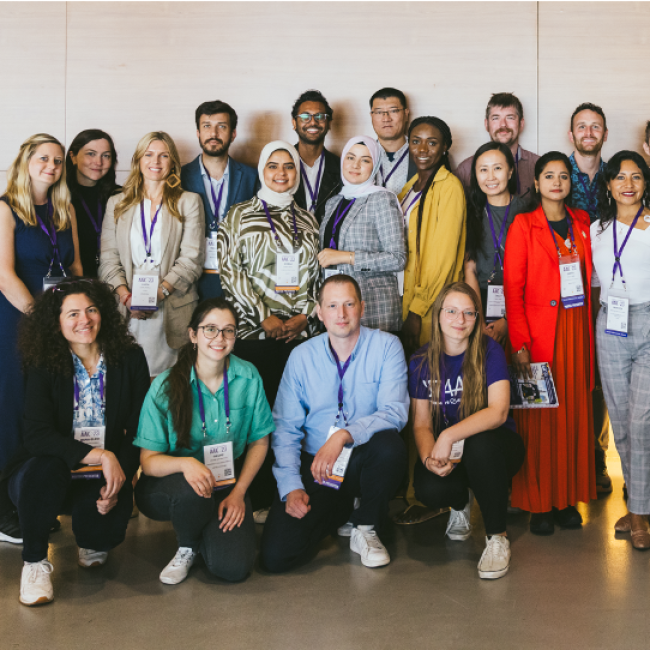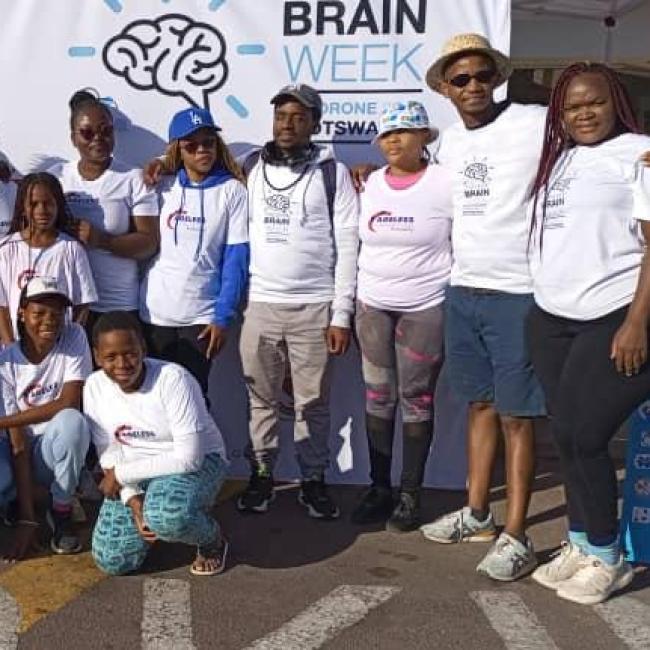Worsening of mental health outcomes in nursing home staff during the COVID-19 pandemic in Ireland
PLoS One. 2023 Sep 26;18(9):e0291988. doi: 10.1371/journal.pone.0291988. eCollection 2023.
ABSTRACT
BACKGROUND: Mental health issues in nursing home staff during the COVID-19 pandemic have been significant; however, it is not known if these issues persist following widespread vaccination and easing of restrictions.
OBJECTIVE: To quantify the mental health of nursing home staff at different timepoints during the COVID-19 pandemic in the Republic of Ireland.
DESIGN/METHODS: Two identical, online, cross-sectional, nationwide, anonymous surveys of Republic of Ireland nursing home staff at two timepoints (survey 1 (S1, n = 390): November 2020 to January 2021; survey 2 (S2, N = 229: November 2021 to February 2022) during the COVID-19 pandemic. Convenience sampling was used with staff self-selecting for participation. Methods included the World Health Organisation's Well-Being Index (WHO-5), the Impact of Events Scale-Revised (IES-R), the Moral Injury Events Scale (MIES), two Likert-scale items regarding suicidal ideation and planning, the Work Ability Score (WAS), the Brief Coping Orientation to Problems Experienced (Brief-COPE) Scale, and a 15-item questionnaire assessing perceptions of the outbreak with one additional Likert-scale item on altruism. Descriptive analysis examined differences between staff based on their classification in one of three groups: nurses, healthcare assistants (HCA) and nonclinical staff. Pseudonymous identifiers were used to link responses across surveys.
RESULTS: An insufficient number of participants completed both surveys for linked analyses to be performed; therefore, we performed an ecological comparison between these two independent surveys. More staff reported moderate-severe post-traumatic stress symptoms (S1 45%; S2 65%), depression (S1: 39%; S2 57%), suicidal ideation (S1: 14%; S2 18%) and suicidal planning (S1: 9%; S2 15%) later in the pandemic. There was a higher degree of moral injury at S2 (S1: 20.8 standard deviation (SD) 9.1; S2: 25.7 SD (11.3)) and use of avoidant (maladaptive) coping styles at S2 (S1: 20.8 (6.3); S2 23.0 (6.3)) with no notable differences found in the use of approach (adaptive) coping styles. Staff reported more concerns at S2 regarding contracting COVID-19, social stigma, job stress, doubts about personal protective equipment and systems and processes.
CONCLUSION: In comparison to our previous survey, mental health outcomes appear to have worsened, coping did not improve, and staff concerns, and worries appear to have increased as the pandemic progressed. Follow-up studies could help to clarify is there are any lingering problems and to assess if these issues are related to the pandemic and working conditions in nursing homes.
PMID:37751434 | PMC:PMC10521981 | DOI:10.1371/journal.pone.0291988





